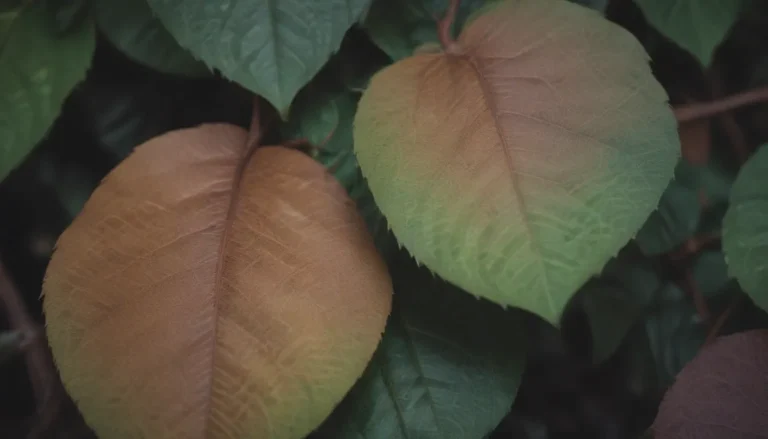A Comprehensive Guide on Growing and Caring for Vanda Orchids

Welcome to our in-depth guide on how to grow and care for Vanda orchids! These stunning plants are truly remarkable with their flat petals and meandering roots. In this article, we will cover everything you need to know about Vanda orchids, including their care requirements, types, propagation, potting, common pests, blooming tips, and common problems. So let’s dive in and learn how to cultivate these beautiful orchids successfully!
Vanda Orchid Care Tips
Here are the main care requirements for growing a Vanda orchid:
Light
- Vandas require bright light but don’t thrive in full sunlight.
- Be aware of the species of Vanda you have, as some require more sunlight than others.
Soil
- Avoid typical potting soil and opt for a basket with good airflow for the roots.
Water
- Vandas need a significant amount of water, especially in high temperatures.
Temperature and Humidity
- Keep temperatures between 70-85 degrees Fahrenheit during the day and 60-70 degrees Fahrenheit at night.
- Maintain humidity levels around 60-80 percent.
Fertilizer
- Vandas are heavy feeders, so use a balanced 20-20-20 fertilizer weekly during the growing season.
Types of Vanda Orchids
There are around 80 species of Vanda orchids, each with its unique characteristics. Some common species include Vanda coerulea, Vanda sanderiana, and Vanda tessellata.
Propagating Vanda Orchids
Vanda orchids are usually propagated from cuttings rather than seeds. Follow these steps to propagate your Vanda orchid successfully:
- Look for small offshoots with leaves and aerial roots.
- Once an offshoot has 2-3 leaves and aerial roots, it’s ready for propagation.
Potting and Repotting Vanda Orchids
Vandas don’t need frequent repotting but may require it every two to three years. If repotting is necessary, follow these steps:
- Use a basket with good airflow for the roots.
- Avoid disturbing the roots as much as possible to minimize stress on the plant.
Common Pests
Mealybugs, scale, and aphids can be problematic for Vanda orchids. Treat with insecticidal soap or oil as needed.
How to Get Vanda Orchids to Bloom
Bloom Months
- Vanda orchids can bloom throughout the year.
How Long Do Vanda Orchids Bloom?
- Blooms can last anywhere from a few weeks to a couple of months.
What Do Vanda Orchids Look and Smell Like?
- Vanda orchids are known for their blue flowers and various fragrances, from sweet to spicy or citrusy.
How to Encourage More Blooms
- Ensure proper lighting and hydration for your Vanda orchid to encourage blooming.
Caring for a Vanda Orchid After It Blooms
- Cut off the spike after flowering and wait for a new spike to emerge in the right conditions.
Common Problems With Vanda Orchids
Here are some common issues you may encounter when growing Vanda orchids:
- Shriveling leaves may indicate overwatering or underwatering.
- Disfigured flowers can occur due to overwatering.
- Sticky substance on buds and leaves is natural sap produced by the orchid.
- Yellowish-green leaves may result from too much direct sunlight.
- Spindly growth indicates too little light.
Overall, Vanda orchids are stunning plants that require specific care to thrive. By following these tips and guidelines, you can enjoy the beauty of Vanda orchids in your home or garden. Happy growing!





